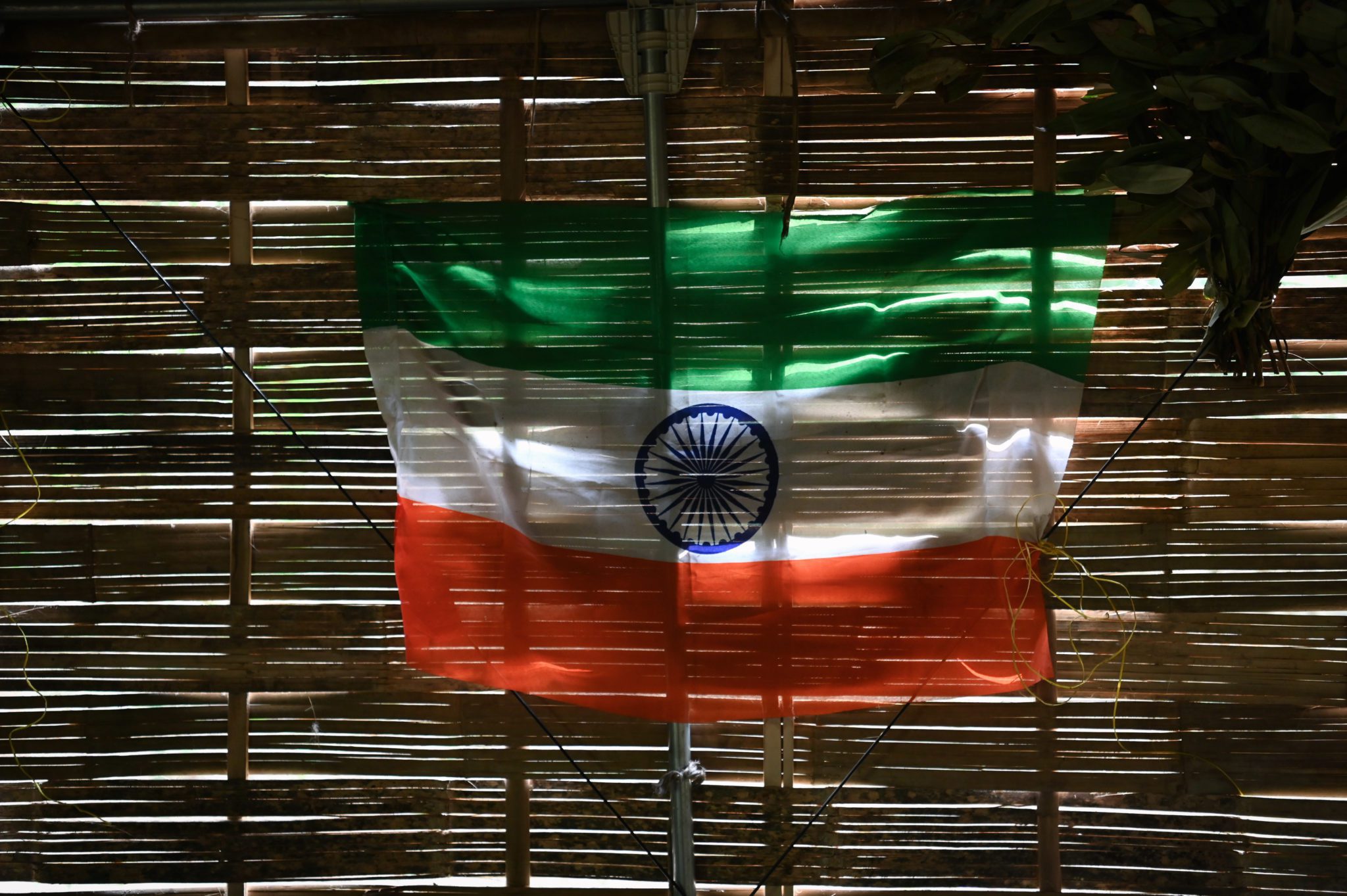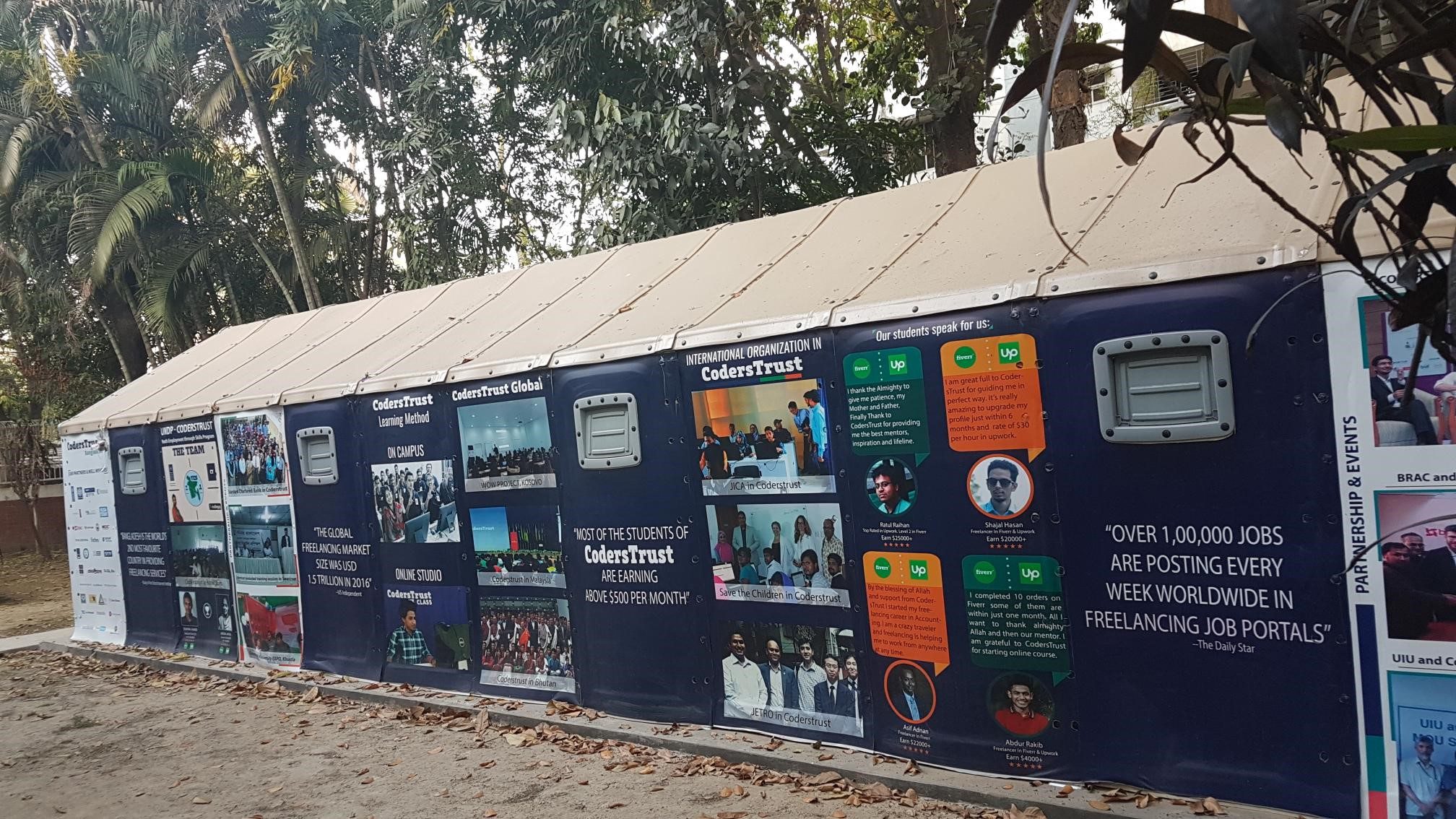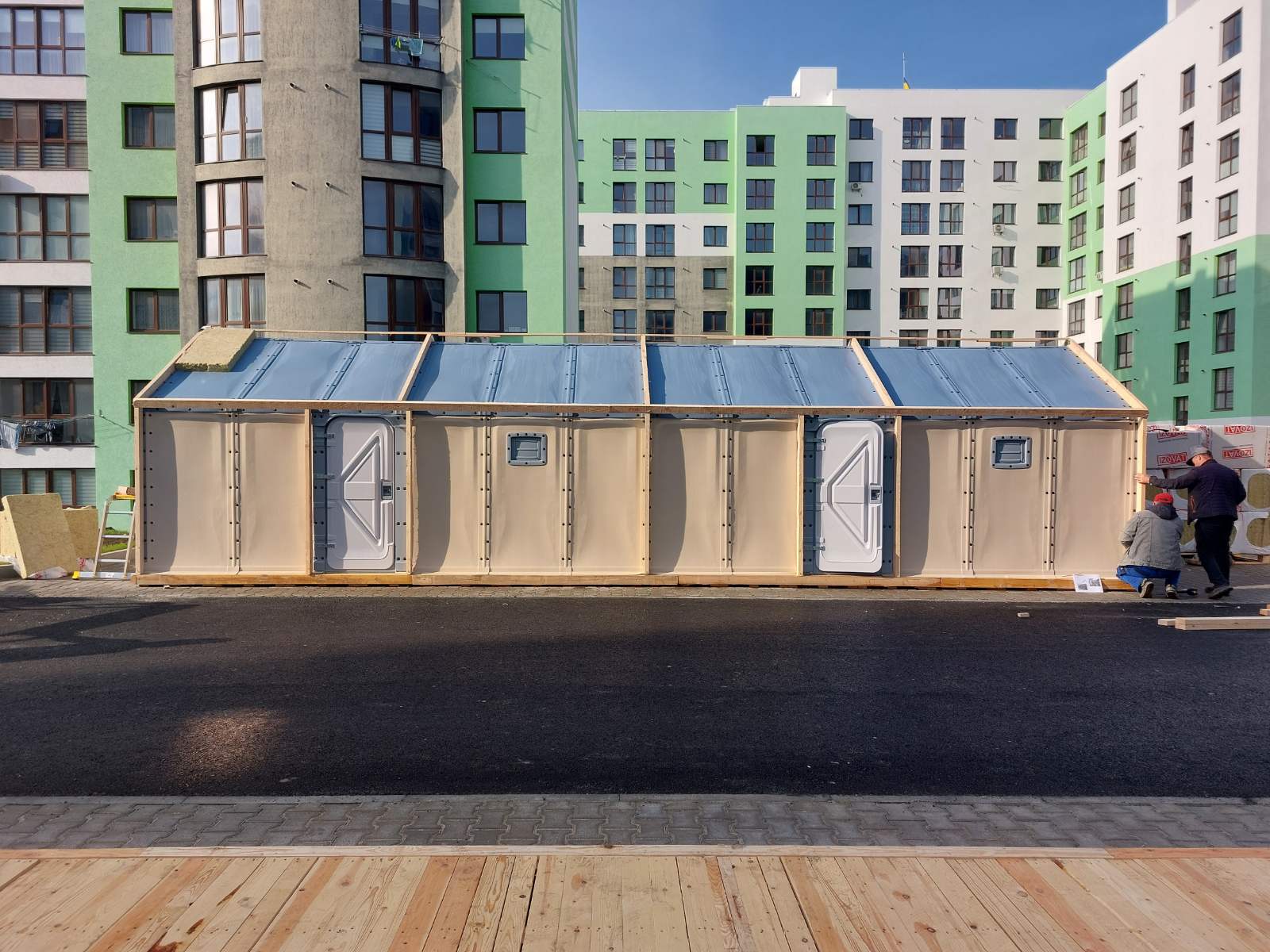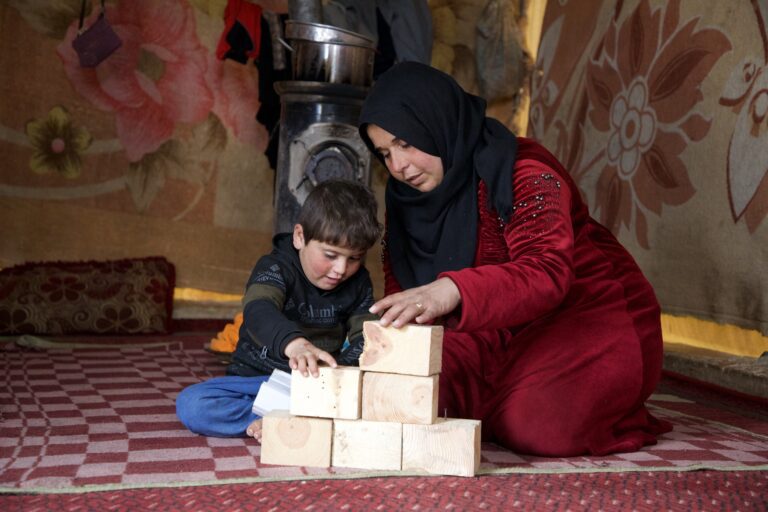Diversity should come as no surprise as the foundation of a country that is the size of over 3 million square kilometres and home to over 1.3 billion people. Despite centuries of colonial rule, India has maintained a vast array of diverse cultures, languages and faiths across the caste scale, coexisting peacefully within the 28 states of the modern state of India. Even though persistent socioeconomic disparities have prevented a unity of people by egalitarianism, India is a pluralistic society both in constitution and spirit.
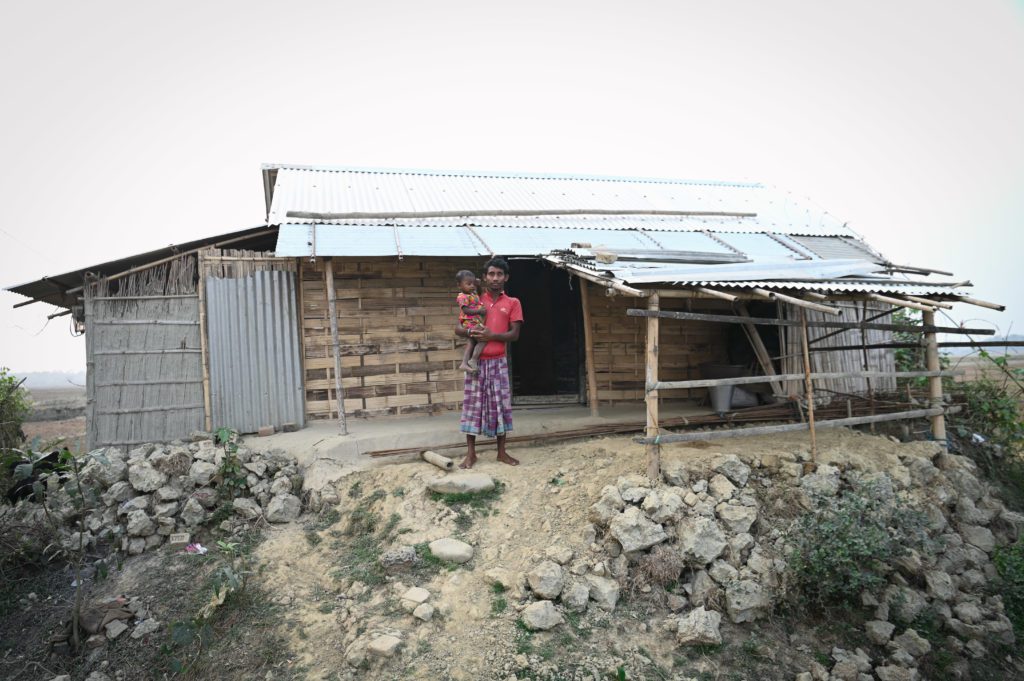
More than seventy years following independence, and the Indian population generally agree that they are well on their pursuit towards one of their most important post-colonial ideals: tolerance and acceptance of any religion with the ability to practice freely. India’s population is just as devout as it is diverse. While the majority adhere to a form of Hinduism, religions such as Buddhism, Sikhism, Jainism, Christianity and Islam have their own millions of dynamic followers.
It doesn’t take much to practice and celebrate your own religion, especially when you’ve lost everything to a disaster like floods. Devastating floods in the summer brought international attention to India’s northeastern state of Assam, bordering the largely Buddhist Bhutan and largely Muslim Bangladesh.

The people most affected by the flooding in Assam lost everything: their homes submerged metres under water for weeks and their belongings completely destroyed. Several families were relocated to a remote village, where the NGO SEEDS provided RHU Structures as replacement homes for the ones they lost.
When the families first moved into their Structure shelters, their stay was intended to be temporary. But when they quickly realised the potential to build a permanent life in their new home, they decided to stay. They clad their Structure frames with locally sourced bamboo, and mud for extra strength and to improve the internal temperature. Many, including Diman Nayak, even built extensions for additional storage and livestock.
“The inside area of the Structure is quite big. The foundation is strong, and it is easy to store things inside.”
Diman Nayak
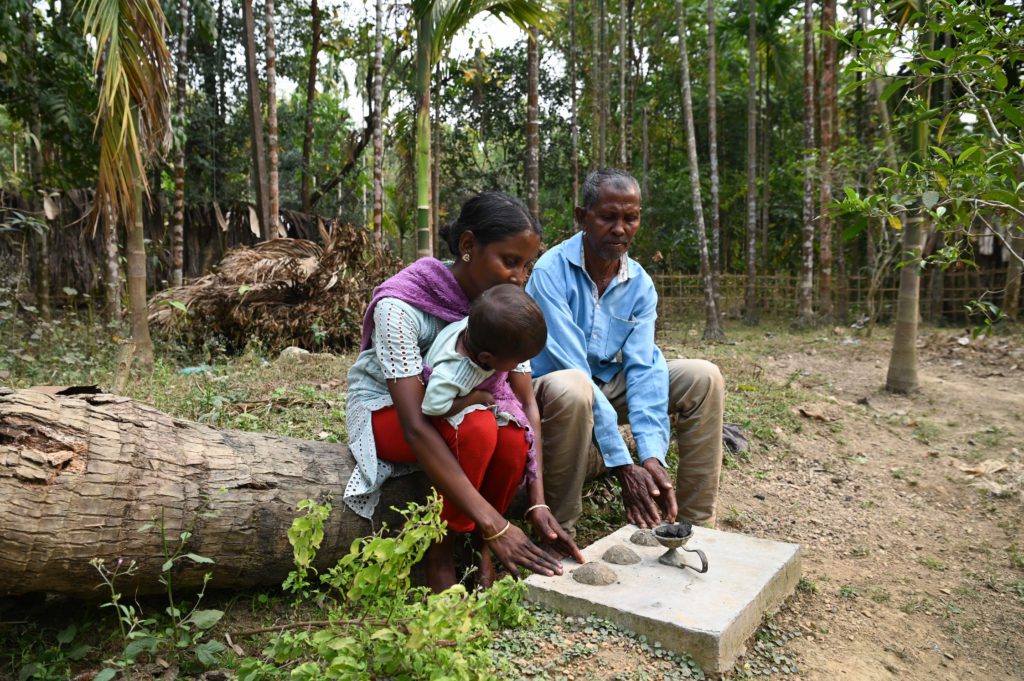
Some, however, needed convincing. A new, permanent home would have to support the same daily routines they kept previously while providing upgraded support for the future. As luck would have it, heavy rain fell one week after the families were relocated, and their Structures held up. But what about their daily routines, rituals and practices?
Sultana is a Muslim woman living in her Structure with her family. The cold season in Assam, reaching as low as eight degrees celsius, has always hindered her ability to pray comfortably all year round. She needs at least two square metres to lay out her mat, and her previous home wasn’t large enough. Now in her Structure, she is able to perform Namaz five times a day.
“Now we don’t have to shift things in the house to do our Namaz.”
Sultana
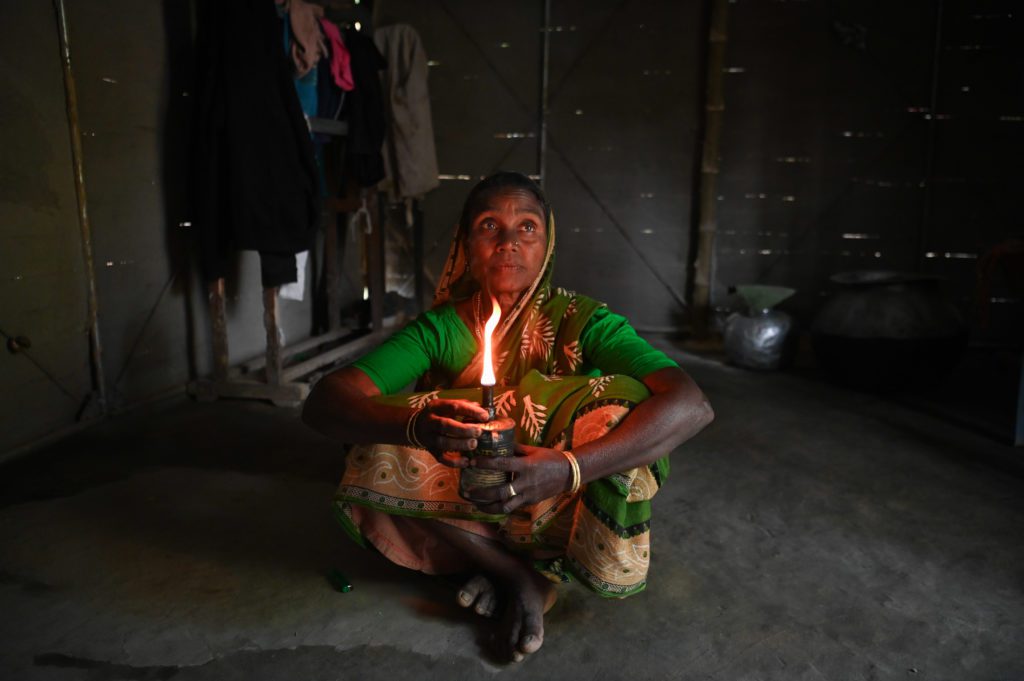
Not only do the families of all faiths live in the area peacefully, their bonds were made even stronger. Sharing the same experience in displacement, their new homes are always open to other people in the community to visit. Many of the Hindu families built a space outside their home specifically for communal prayer. Outside Sapna’s home, is a lingam, a Hindu monument devoted to her goddess Shiva.
“This is a holy place where people come. Whenever we feel like doing prayers, we come here.”
Sapna
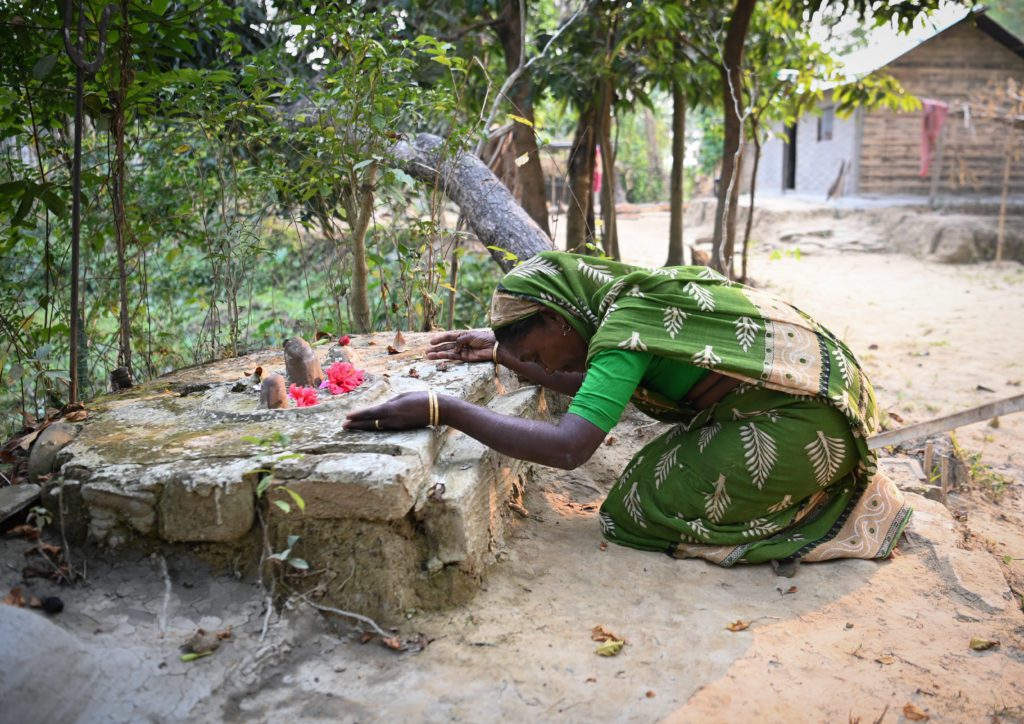
Narad is one of the most faithful in the community, having made upgrades to his Structure devoted to his goddess Durga. With strategically shaped rocks, empty boxes and incense sticks, Narad is able to perform the agarbatti ritual, an integral part of his prayer. No matter the diverging characteristics of their faiths, the families in their new Structure homes have more in common than differences. For Narad, the expression of gratitude helps him on his faithful path.
“The flood swept away my entire house, leaving me with only my faith in God as my constant companion. However, I am deeply grateful to the Seeds and Better team for rebuilding my home from scratch. I feel as though all of my prayers have been answered, and to be honest, this new house is even more spacious than my old one.”
Narad

